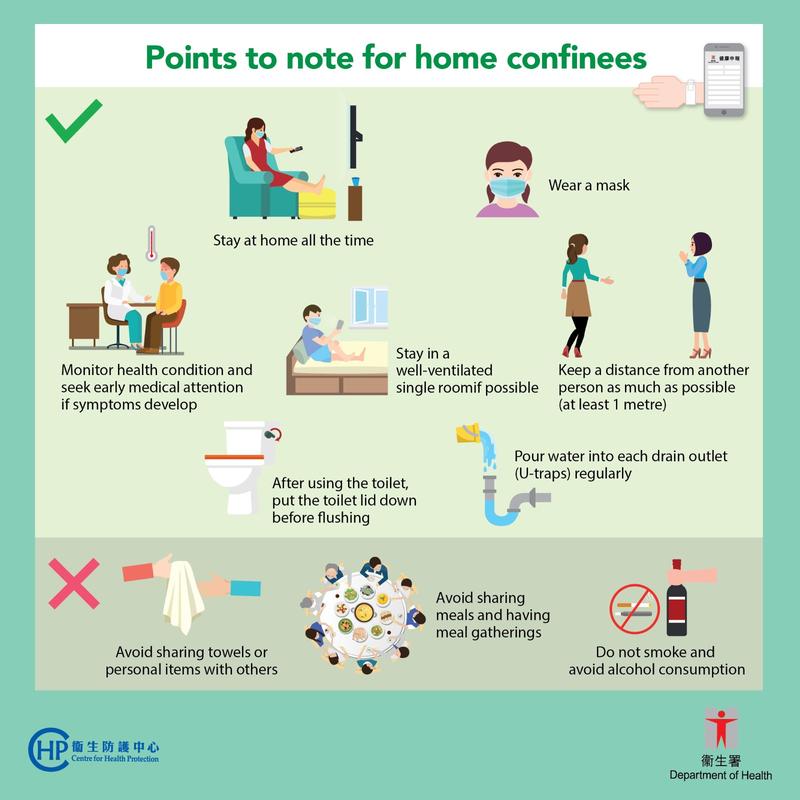As we regain our confidence in travelling, you might be wondering how best to stave off germs and viruses while taking a flight
Sharing a public space with recycled air for multiple hours might, for some travellers, feel a little daunting. Contracting Covid-19 on the way to your destination could derail your plans, and catching it on the way back to the UK could mean staying home for a stint of isolation. We’ve asked readers to rate their experiences on flights when it comes to Covid safety precautions, and rounded up some tips for reducing the transmission of germs and bugs while on board.
How you rated airlines for their Covid-19 safety precautions
We asked readers who have flown since March 2020 to tell us how safe they felt travelling with the major airlines and there are marked differences – particularly in the precautions taken by crew when serving passengers.
Early on in the pandemic, the Department for Transport suggested that airlines should offer a reduced food and drink service, and limit the sale of non-essential items.
But Jet2 is the only airline to score four stars in this category, and both Tui and Ryanair have a poor two-star rating.
Tui and Ryanair also scored poorly for passengers’ adherence to mask wearing, even though both airlines say face coverings are mandatory for all except the medically exempt.
The good news is that the likelihood of contracting Covid on a flight is relatively low, but there are steps you can take to reduce transmission of viruses and bugs on board, which we’ve outlined below.
Covid precautions rated

| Cleanliness of aircraft | Covid document check process | Precautions of crew serving passengers | Mask wearing of passengers | Satisfaction with Covid precautions | |
| Jet2 (143) | ★★★★ | ★★★★ | ★★★★ | ★★★ | 84% |
| Tui Airways (65) | ★★★ | ★★★ | ★★ | ★★ | 78% |
| British Airways (181) | ★★★★ | ★★★ | ★★★ | ★★★ | 76% |
| EasyJet (304) | ★★★★ | ★★★ | ★★★ | ★★★ | 74% |
| Ryanair (170) | ★★★ | ★★★ | ★★ | ★★ | 60% |
USING THE TABLE: Star ratings based on the responses of 852 members of Which? Connect who have flown during the pandemic (since March 2020). Satisfaction with Covid precautions Percentage of passengers that said they were satisfied the airline did everything it could to minimise the transmission of Covid-19. We’ve linked to any airlines who scored over 80% overall in ‘satisfaction with Covid precautions’.
Tips for reducing transmission of germs on board
There is no way to completely eliminate the danger of entering a confined space with other passengers, but along with getting your vaccination and any boosters you’re eligible for, there are a couple of other rules of thumb to follow which could further bring you peace of mind while heading on holiday.
Below we’ve rounded up tips and tricks for avoiding viruses like Covid-19, bugs and other germs while in the air.
Choose the window seat
Prefer the extra leg-room an aisle seat provides? You might want to think again when booking next time. Turns out, where you’re sitting really does matter.
One 2018 study into transmission of illnesses showed that aisle and middle seat passengers had a 4-5% chance of catching an infection, while window seat passengers have a 0-1% chance. This is because you will be sat within close proximity of fewer people and because window seat passengers tend to move around far less.
Do use the overhead fans
If you’re nervous to switch on the overhead fan for fear of contamination through the vent, we’ve got good news for you. Modern planes use Hepa (high-efficiency particulate air) filters that capture more than 99.9% of airborne microbes in the filtered air.
Professor Sally Bloomfield from the London School of Tropical Medicine and Hygiene recommends switching on the overhead fan so you are breathing air directly from these filters rather than that of the people seated around you.
Don’t rely on public hand sanitiser stations
While it’s commonplace to see public hand sanitiser in most shops and public spaces now, it’s worth bearing in mind that bacteria accumulates on the pumps, meaning that they’re potential contamination zones if you don’t thoroughly clean your hands after touching them.
Although you’re less likely to contract Covid through dirty surfaces than via airborne particles, it’s worth taking your own hand sanitiser with you to the airport just make sure it’s in a bottle small enough to fit into your hand luggage for the flight.
Wipe down tray tables
Take alcohol wipes to clean high-risk areas like toilet door handles, seatbelts, seat pockets and the headrest – this should help you avoid other cold or flu germs too.Planning to eat or drink on the flight? It’s also wise to wipe down your tray table before placing food, drink, cutlery or napkins on it to minimize the potential for bacteria to viruses contaminate your food.
Consider a nasal spray
Nasal sprays like Boots Cold & Flu, Coldzyme, Prevalin or Vicks First Defence can block airborne some viruses before they get a chance to infect you. It’s worth noting that these sprays are designed for general colds and flu, and the jury is still out on their effectiveness as a preventative measure.
But, Professor Bloomfield suggests that they can act as a prophylactic if used during the flight, which may give you peace of mind if you’re concerned about a sluggish immune system.
Choose the right mask – and stock up for the flight
While cloth coverings are fine for everyday use, the European Centre for Disease Prevention and Control says only surgical masks should be worn when you can’t socially distance.
Make sure you bring enough face masks for your entire journey – disposable masks need changing every four hours, or every time you remove them to eat or drink.
